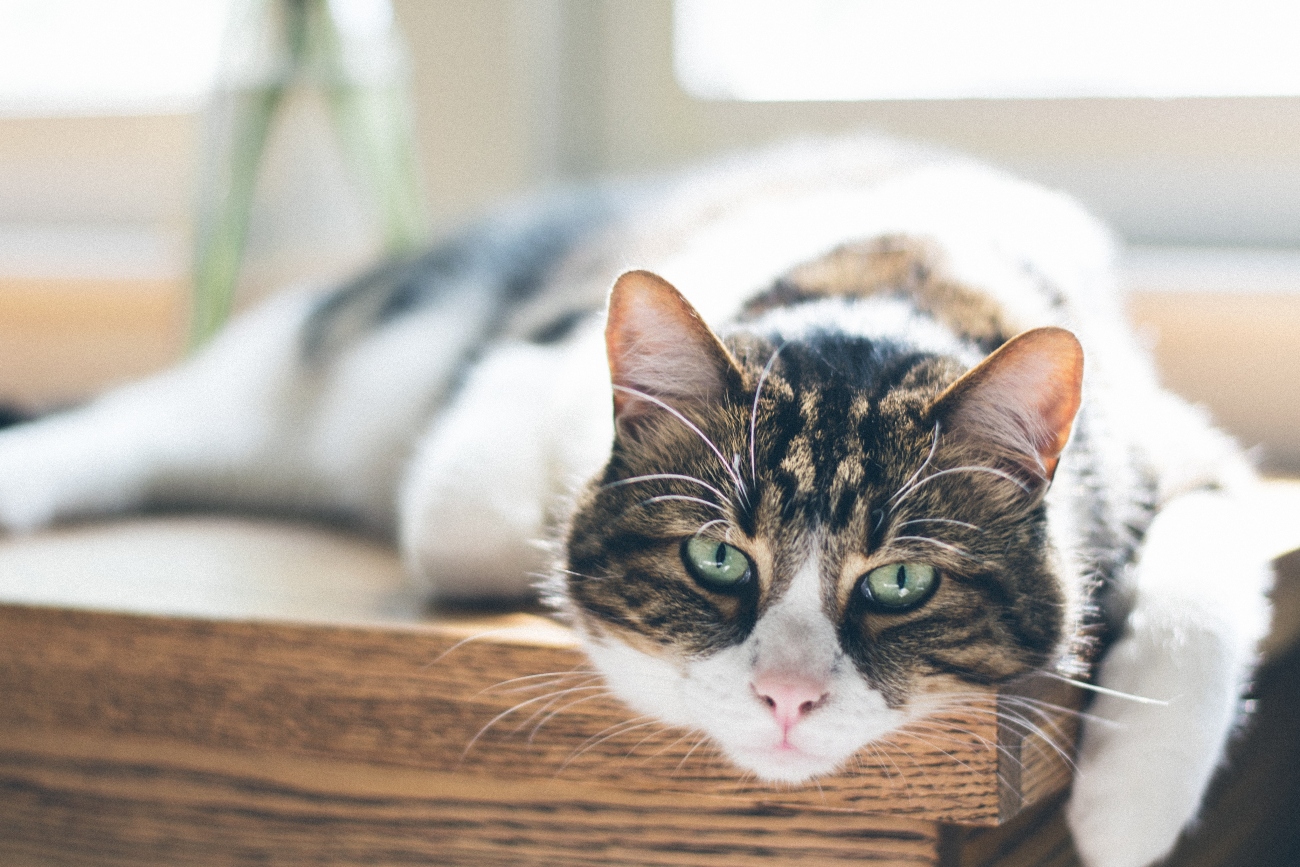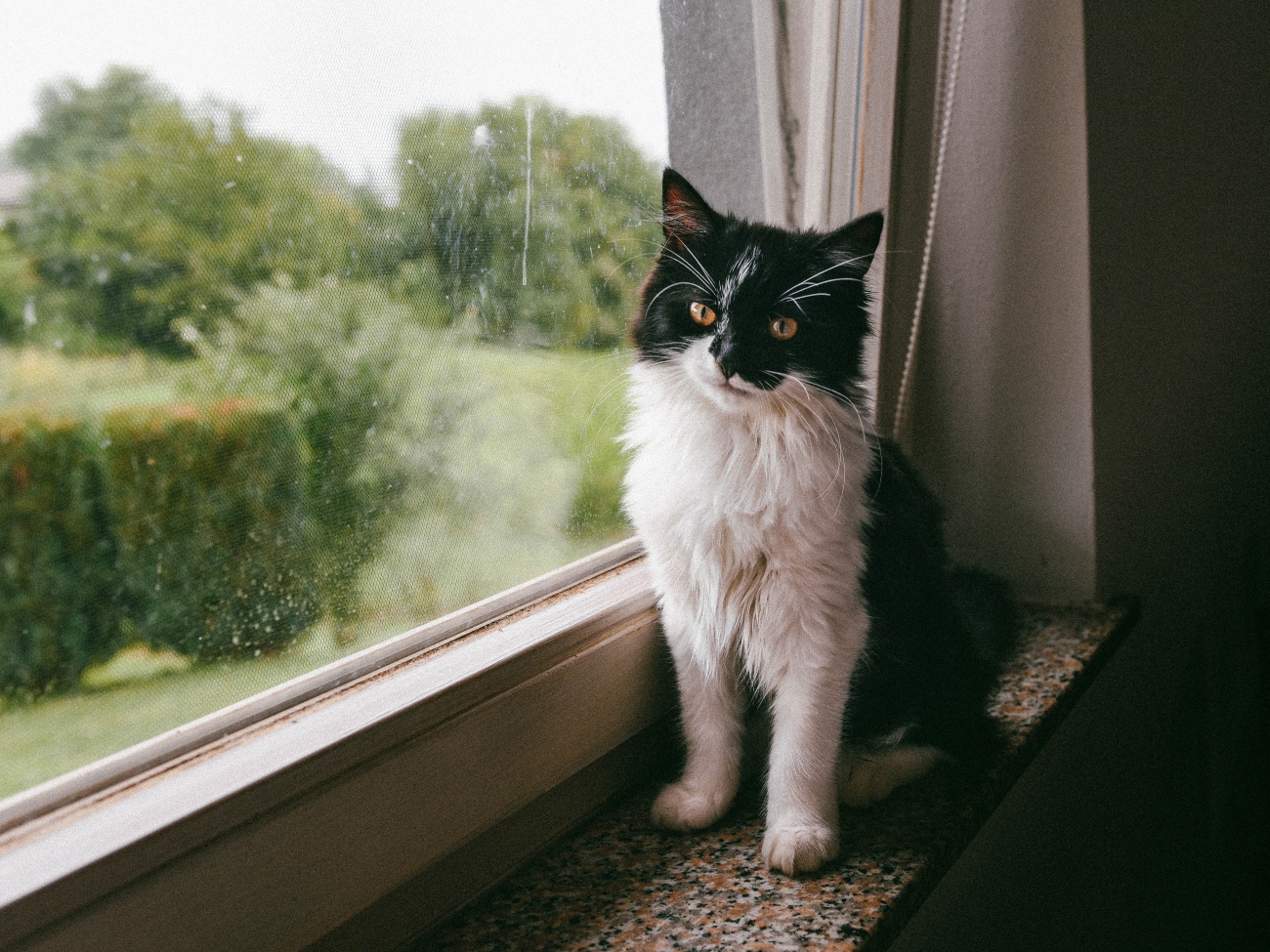
How to help an old cat with arthritis
22nd October, 2021
As cats get older, their energetic, bounding lifestyle starts to catch up with them and they can develop osteoarthritis. More than 80% of cats over 10 years of age will have some degree of arthritis show up on X-rays, according to Cats Protection. But that’s not to say they have to be consigned to the sofa for the rest of their lives.
There are things that you can do as their owner to keep pain to a minimum and ensure everyday living is as comfortable and fun as it can be. In this article, we’ll cover everything you can do to help an old cat with arthritis, including getting the right pet insurance for older cats.

Getting an early diagnosis
Arguably the most important thing is to be able to spot the signs of arthritis in your cat as early as possible. While there is no cure for this degenerative disease, proper management of it can slow down the speed at which it progresses.
So, what are the signs of arthritis?
The symptoms of arthritis are fairly easy to spot – as long as your cat isn’t the type to spend all their time outdoors meaning you rarely see them... But, chances are, if they are feeling the pain of arthritis, they will keep their presence a bit closer to home.
Perhaps they are taking a bit longer – or coming up short – when they jump up into their usual viewing spot, in the window or elsewhere. That’s as good a sign as any that something isn’t quite right.
Other symptoms include difficulty getting to their feet, a reluctance to walk up the stairs or to be picked up (due to the pain in their joints), and unusual aggression towards other cats or humans.
As soon as you spot any one of these signs, you should take your pet to see the vet for an official diagnosis.
What are the causes of arthritis?
Arthritis isn’t inevitable for your older cats. However, it’s more likely if they are overweight, have suffered a fracture, ligament damage or other soft tissue injury in their lifetime, or have abnormal joint development.
Other than keep their weight down, there’s not a lot you can do to ensure your cat doesn’t get arthritis. Cats get in scrapes – it’s what they do – so trying to prevent them from getting injured is often simply not possible. Curiosity will always get the better of them!
What can you do to slow down the progression of arthritis?
Once your cat has been given a diagnosis of arthritis, the first thing you should ask the vet is whether or not you should be putting your pet on a strict diet.
If they’re found to be carrying a bit of extra weight, the answer will inevitably be ‘yes’. Your vet should be able to prescribe a specific diet that will provide joint support and help your feline lose those extra pounds.
As cats get older, they tend to get a bit lazier – understandably if they are suffering with arthritis – and require less food to keep them going. But that probably won’t stop them from asking for more!
Keep them as active as you can. Simple games like chasing the light from a laser pointer can go a long way to better joint health, even in the face of arthritis. With eating in moderation in mind, you might want to get them a toy which forces them to hunt for their food. Some pet insurance for older cats will also include cover for special diets.

What can you do around your home to make it more comfortable for your cat?
If your kitty has always loved sitting in a certain raised spot in your house, you might need to provide them with some leverage, like a stool, so that they can continue to jump up to their favourite position.
If they have always had their food and water bowl on the kitchen side, you should consider bringing it down to floor level. Speaking of which, you might want to invest in a new set of elevated cat bowls. These not only relieve lower back pain and make mealtimes more enjoyable, but help also encourage your pet to eat more slowly.
Also, if your living space is decked with a hardwood, laminate, tile or vinyl flooring, it can be tricky for cats to stay on their feet as they look to stretch their legs. Adding a rug here and there can add a much-needed bit of friction, so that they don’t go careering into the skirting board after a burst of pace!
If you really want to make life as comfortable as possible for your cat, you could treat them to an orthopaedic or memory foam bed.
What can you do to manage your cat’s pain levels?
Upon diagnosis of your cat’s arthritis, your vet will likely prescribe some medication which will include an anti-inflammatory and some joint supplements. It’s important that you give them to your cat as per the instructions to minimise their pain levels.
Understand the potential side effects of the medication, and alert your vet should your cat start to exhibit any of these.

Should you still let your cat go outside?
If your cat is used to roaming free, it can be difficult to keep them locked up in the house. But it’s for the best if they have been diagnosed with arthritis.
Keeping your cat indoors will ensure their joints don’t become too cold and uncomfortable, plus it will mean they won’t get in any fights with other felines in the area. A cat with arthritis is not able to protect itself from danger in the same way as they used to.
What is your cat’s long-term outlook?
Cats with arthritis can live to a ripe old age – but the disease needs to be carefully managed. That’s why it’s so important to have adequate pet insurance for older cats, so that you can make the right decisions, at the right time.
At Petwise, we have specific pet insurance for older cats that has benefits including no upper joining age limit and senior food contribution.
Get a quote for senior cat insurance and give your pet the retirement they deserve.